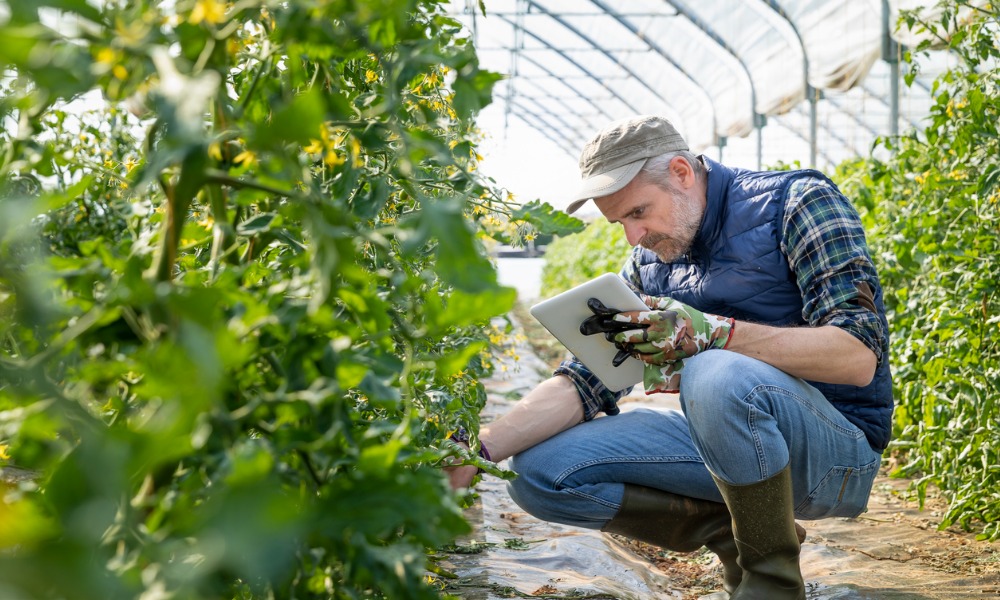
'Outdated perceptions and a lack of awareness of career opportunities are fundamental challenges limiting the supply of labour'

The Canadian Agricultural Human Resource Council (CAHRC) forecasts that the agriculture sector will have about 100,000 unfilled job positions by the year 2030.
CAHRC estimates that the domestic labour gap in agriculture will increase by 15% over the next eight years, from 87,770 in 2023 to 101,100 by the 2030 peak season.
And with Canada’s population ageing, CAHRC expects a decrease in the availability of domestic workers.
“Canada’s agriculture industry will see over 85,300 retirements over the next eight years, CAHRD projects. That is nearly 30% of the current Canadian workforce in the sector,” read part of the labour market supply and demand forecast report titled Sowing Seeds of Change.
“Even with four out of five of otherwise vacant positions expected to be filled by foreign workers, 22,000 jobs will still be vacant during peak season in the agriculture sector by the end of the decade.”
Previously, Portia MacDonald-Dewhirst, executive director of the CAHRD, told Canadian HR Reporter that in 2029, nearly 125,000 agriculture job positions will be vacant.
In 2022, more than 28,000 jobs in agriculture were left unfilled despite the sector employing 351,000 Canadian workers and 71,000 foreign workers, according to the council’s report.
In 2022, the agriculture sector reported a peak vacancy rate of 7.4%, well above the 5.9% national rate. Two of five agriculture employers could not hire all the workers needed that year. One-third did not receive any applications from Canadians during the hiring season, and 28% received just one or two job applications.
“Labour shortages are one of the most serious issues in agriculture because they have a direct impact on local food security, economic development and the sustainability of the sector,” said Jennifer Wright, executive director of CAHRC. “CAHRC’s labour market data offers the necessary insight to inform how we will tackle current and future challenges so our industry and its workforce can reach their full potential.”
“Over the next decade, expanding global markets for Canadian food products are expected to drive substantial growth in this sector. However, Canada’s agriculture employers are grappling with labour challenges that could impede this potential for growth,” read part of the report.
Overall job vacancies in Canada edged up to 653,000 in November 2023, according to a previous report from Statistics Canada (StatCan).
To address these labour challenges, CAHRC recommended that stakeholders do the following:
“Outdated perceptions of the agricultural sector and a lack of awareness of career opportunities are fundamental challenges limiting the supply of labour in the sector. There is a need to advertise the sector’s role in food sustainability to potential workers and offer them a more comprehensive view of the diverse career opportunities available beyond traditional farming,” read part of the report.
“Promoting education to youth and skilled trades in agriculture can also help improve the perception of the sector over the coming years.”
The study was conducted by The Conference Board of Canada on behalf of CAHRC.
While there have been many headlines recently about the poor treatment of migrant workers in Canada, one expert said the Seasonal Agricultural Workers Program (SAWP) has been a big help to the Canadian economy, and it continues to be a pivotal program since its launch decades ago.